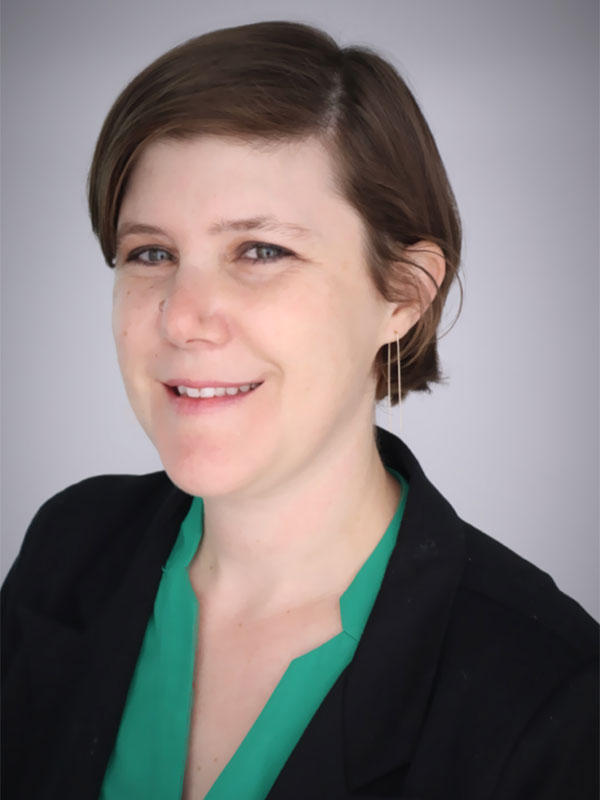Since publishing my first book, Forgotten Futures, Colonized Pasts: Transnational Collaboration in Nineteenth-Century Greater Mexico, with Bucknell University Press in 2019, I have expanded my research to look at more contemporary Latino/a and Mexican authors and filmmakers, Mexican-US border studies and border literature, as well as Central American and Yucatecan literature and culture. I have a new book chapter on 19th-century Mexican border novels, including research on novels from the Yucatán, Chiapas, and Guatemala, forthcoming in A History of the Mexican Novel (Cambridge UP). And I have an essay analyzing Mexican director Alejandro González Iñárritu’s recent film, The Revenant, as a border film that is forthcoming in the peer-reviewed journal, American Studies (AMSJ). Lastly, over the last few years, I have had the opportunity to work with IU faculty Kathleen Myers and Alejandro Mejías-López and fellow Department of Spanish and Portuguese alumni Pablo García Loaeza, Beth Boyd, and Justin Knight on the publication of our book Contemporary Colonialities in Mexico and Beyond, which will be published by University of Toronto Press later this year.
Studying and working at Indiana’s two flagship public institutions, Indiana University and Purdue, I have always identified with the goals of serving the public and making education accessible to students from a wide range of backgrounds. In the last few years, I have embraced this call in new ways. In my teaching, I am developing a new service-learning course on social justice in the Hispanic world, and in the fall of 2023, students in my Spanish class will work with a community partner in Lafayette to help educate and inform English-language learners, many of whom are recently-arrived immigrants, about their rights and the resources available to them. Students will have the chance to apply what we will be learning in class about the long struggle for social justice by the Latinx community in the United States to a present-day real-world context. In my research, I’ve also begun working more in the public humanities, bringing my research to a wider audience. In 2022, I wrote and filmed two short videos about the importance of the Virgin of Guadalupe in Mexican culture and her influence on contemporary Latinx art for an exhibit at Newfields/The Indianapolis Museum of Art. And more recently, I published at Op-Ed at the Washington Post on the forgotten history and cultural significance of Cinco de Mayo for the Latinx community in the United States. It has been exciting to reach a wider audience with this research and writing, and I hope to do more work in the public humanities in the future. I can’t help but think that my formation at IU, under the guidance of many professors who emphasized the need to bridge the gap between “town” and “gown,” helped to instill this drive to bridge the gap between the academy and a wider public.
I am proud to work at a public institution and to have received my Ph.D. from a public institution. One of the best parts of my job is that I have the opportunity to open minds to the riches of Latinx and Latin American culture and history. This is what my professors at IU did for me, and I hope to similarly continue to serve and educate through my teaching and research in the years to come.

 The College of Arts
The College of Arts